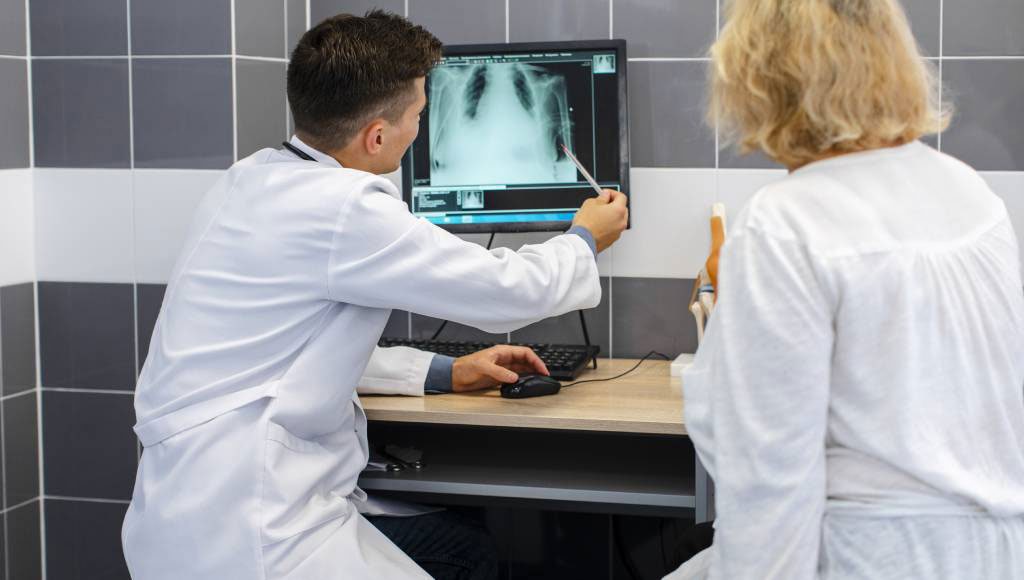Chest X-Ray AI System Assists in Checking Endotracheal Tube Placement
Posted on 05 Jun 2023
Chest X-rays (CXR) serve as a vital tool in intensive care units (ICU) for monitoring patients in critical condition who are on life-support devices. Endotracheal tubes (ETTs) are particularly used to ensure airway openness and facilitate lung ventilation. After intubation, a CXR is taken to confirm the tube's placement, which needs adjustment in around 15% of patients. High-capacity ICUs can produce hundreds of CXRs daily to verify tube placement. Given the massive volume of cases and the urgent need for intervention in case of ETT misplacement, ICU physicians often preliminarily review the CXR to instantly rectify a misplaced tube, rather than wait for radiology reads. However, due to the low visibility of tubes, overlapping anatomy and medical devices, and image quality concerns, evaluating tube placement can be a challenge without high-quality monitors and refined radiology interpretation skills.
In such a situation, an artificial intelligence (AI) system can provide dual decision support: ETT detection aid and position check alert. Despite the abundant literature on AI in radiology, few systems are routinely used in clinical practice. Many systems have limited experimental testing and seldom undergo evaluation in real-world applications. Earlier, researchers from UCLA (Los Angeles, CA, USA) researchers had developed and tested an AI system that could assist in verifying ETT placement and send alerts to physicians if the tip is incorrectly positioned. In a new study, this AI system was applied to check ETT placement in clinical practice and assess its real-world performance through user feedback in order to evaluate the possibility of wider usage. The clinical evaluation demonstrated commendable performance of the chest X-ray AI system and the findings were in line with previous experimental testing.

Over a span of 17 months in clinical practice, 214 CXR images were obtained for ETT placement checking with AI assistance by ICU physicians. The system, built on the SimpleMind Cognitive AI platform and integrated into a clinical workflow, automatically recognized the ETT and verified its position relative to the trachea and carina. The AI system's generated ETT overlay and misplacement alert messages were compared with radiology reports as the benchmark. A survey was also conducted to assess the AI system's utility in clinical practice. The alert messages signifying ETT misplacement or non-detection had a positive predictive value of 42% (21/50) and a negative predictive value of 98% (161/164) based on the radiology reports. In the survey, both radiologists and ICU physicians confirmed that they concurred with the AI outputs and found them beneficial.
Thus, the user survey results revealed a broad agreement with the AI outputs and the appropriateness of the alerts among both radiologists and ICU physicians. Regarding the system's utility, user ratings suggested that while the AI does not save time, it enhances their confidence and aligns with their workflow expectations for AI. The researchers concluded that the AI system's performance in real-world clinical usage was comparable to that observed in earlier experiments. Based on this and the physicians' survey results, the system can be further deployed, utilizing insights from this evaluation to refine the algorithm and enhance the AI system's quality assurance.
Related Links:
UCLA














